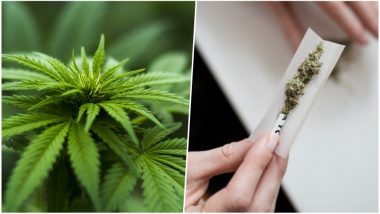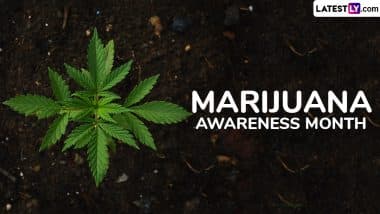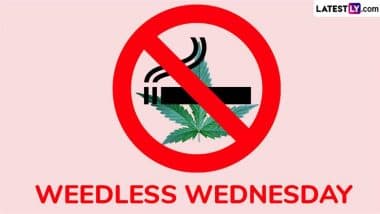Canada is has made history by legalising recreational marijuana, which came into effect since October 16, 2018. The move was planned in 2015 when the present prime minister of Canada Justin Trudeau swore to end cannabis-related crimes in the country. In accordance with a bill that was passed in the Senate in June 2018, Canadian adults (above the age of 18) will be able to carry up to 30gms of legal marijuana. As per reports, the first batches of recreational marijuana has already been sold in the country.
Canada is the second country, and the first among G7 nations, to legalise marijuana since Uruguay did so in 2013. Strict rules will be put in place to address concerns related to the consequences of legalising marijuana. Here’s What’s Legal and What is Not.
For starters, marijuana won’t be sold alongside tobacco and alcohol. Those who want to buy weed may have to purchase them from select retailers or licensed producers of marijuana.
The country had already decriminalised cannabis use, but with the new move, Canada will also be able to tax legally-produced marijuana. A four-billion dollar industry is in the offing in the country with the decision to legalise the psychotropic drug.
What Is Recreational Marijuana?
Marijuana is used primarily for two purposes – for medical use and recreational use. Medically, marijuana is used to counter the side effects of certain treatments like chemotherapy. Coca-Cola Interested in Cannabis-Based Drink Meant Not For Intoxication But Pain Relief.
Recreational marijuana, as opposed to medical marijuana, is used for non-therapeutic purposes, mainly for the ‘high’ associated with it. Recreational use of cannabis is meant to create an altered state of mind and to produce feelings of euphoria.
(The above story first appeared on LatestLY on Oct 17, 2018 02:07 PM IST. For more news and updates on politics, world, sports, entertainment and lifestyle, log on to our website latestly.com).













 Quickly
Quickly




















